No products in the cart.
Return To ShopContents
- The Heavy Metal Genesis: From Sabbath to Sanctuary
- How the “Sign of the Horns” Rocked Heavy Metal
- Cultural and Geographical Variations
- Manus Cornuta, Devil’s Horns, and More: A Global Guide to the Gesture
- From Pagan Rituals to Religious Symbolism
- The Horned Gods: Historical Figures and Religious Texts
- Conclusion: A Symbol of Contradiction and Community
- Index of Sources
The heavy metal genre is more than just music; it’s a subculture with its own distinct visual language. From leather jackets and band patches to headbanging and mosh pits, these elements create a sense of community and shared identity. Yet, no single gesture is as universally recognized and iconic as the “sign of the horns”—a simple flick of the wrist that transforms a hand into a symbol of rebellion, power, and belonging.
This article delves into the fascinating history and complex meaning of this famous hand gesture, exploring its origins in heavy metal, its alternative names, and its deep roots in ancient history and religion. Whether you’re a curious newcomer or a seasoned metalhead like us, who have used the gesture many times on concerts or whenever appropriate, prepare to have your understanding of the ‘Manus Cornuta’—the horned hand—rocked to its core.
The Heavy Metal Genesis: From Sabbath to Sanctuary
For many, the sign of the horns is synonymous with one name: Ronnie James Dio. While some metal legends have laid claim to popularizing the gesture, it was Dio who undeniably cemented its place in the heavy metal pantheon. We remember pretty well during our first touchpoints with Metal, that indeed Dio was the one using the horns dominantly.
Looking back, this story begins in the mid-1970s. After leaving Rainbow, Dio joined Black Sabbath in 1979, stepping into the formidable shoes of Ozzy Osbourne. Ozzy was known for his own signature gesture: the peace sign. Dio, wanting to connect with the audience in his own unique way, began using the sign of the horns during live performances.1 He learned the gesture from his Italian grandmother, who used it to ward off the “evil eye” (malocchio).2 For her, it was a protective symbol, a way to ward off misfortune and negative energy. Dio, in turn, saw it as a powerful and positive symbol, a way to connect with his fans and express the music’s themes of fantasy, magic, and rebellion.
How the “Sign of the Horns” Rocked Heavy Metal
Dio’s use of the gesture was a watershed moment. As he raised his hand, crowds of fans followed suit. It became a powerful visual call-and-response, a shared symbol of defiance and a salute to the power of the music. Other metal artists and fans quickly adopted it, transforming it from a personal sign into a collective symbol of the genre. And if we’re honest with ourselves: what does it do to you when you stretch out your hand with the horns towards the stage with everyone else during a concert? Isn’t it a special, a strong feeling of belonging together? A feeling of being a part of the whole?
Cultural and Geographical Variations
While “sign of the horns” is the most common name, the gesture is known by several other monikers, each with its own nuance and cultural context. These different names often highlight the gesture’s varied uses and interpretations across different communities and countries.
Manus Cornuta, Devil’s Horns, and More: A Global Guide to the Gesture
| Name | Translation/Meaning | Cultural Context/Origin |
| Manus Cornuta | “Horned Hand” | Latin, often used in a historical or scholarly context. |
| Devil’s Horns | “Horns of the Devil” | Popular in the heavy metal community, referencing the rebellious and sometimes satanic themes in the music. |
| Cornuto | “Horned One” | Italian, a traditional gesture used to ward off the evil eye (malocchio). |
| Corna | “Horns” | Italian, a simplified term for the gesture, often associated with its apotropaic (evil-warding) use. |
| Mano Cornuta | “Horned Hand” | Italian, another common term, particularly in historical discussions. |
| Rock On | “Expression of Approval” | A popular English-language term, used to express enthusiasm for rock and heavy metal music. |
It’s important to note that the meaning can change drastically depending on the cultural context. In some Mediterranean countries, particularly Italy, pointing the gesture at someone can be seen as an insult, implying that their spouse is unfaithful.3 In others, it is simply a benign symbol of good luck or a rock concert salute. This duality highlights the gesture’s long and complex history. In other words: as always possible when traveling abroad, there are different uses and interpretations of signs and gestures. For example, in the European Mediterranean region, it may not always be appropriate to point the horns at someone – not even as a metalhead.
From Pagan Rituals to Religious Symbolism
Long before Ronnie James Dio took the stage, the sign of the horns had a rich and often contradictory history rooted in ancient civilizations and religious traditions.
The Ancient Roots: Decoding the Religious and Historical Meaning of the Horned Hand
The gesture is a symbol with a dualistic nature: it can represent both good and evil, protection and malevolence.
The Apotropaic Symbolism: Warding Off Evil
The earliest known use of the gesture dates back to ancient cultures, where it was employed as an apotropaic sign—a way to ward off evil spirits and bad luck. The horns were believed to represent the horns of a sacred animal, such as a bull or a goat, which were seen as symbols of strength and protection. As Dio’s grandmother taught him, this belief in its protective power is still prevalent in many cultures today, particularly in Italy and Spain.4
The Satanic Connection: Aleister Crowley and the Occult
The gesture also has a darker, more occult history.5 It became associated with Satanism and black magic in the 19th and 20th centuries, particularly through the work of figures like Aleister Crowley.
Aleister Crowley, a prominent occultist and ceremonial magician, was a central figure in the modern revival of pagan and esoteric beliefs. His work, which included the creation of the Thelema religion, heavily influenced later generations of artists and counter-cultural movements. While Crowley himself didn’t invent the gesture, his use of similar symbols and his promotion of a rebellious, anti-establishment worldview contributed to its later association with Satanism.
Furthermore, the gesture is often linked to the horned gods of various pagan religions, such as the Celtic god Cernunnos and the Greek god Pan. These deities were often depicted with horns and were associated with nature, fertility, and the untamed wilderness. Christian iconography, in its efforts to demonize pagan beliefs, often portrayed these horned deities as representations of the devil, solidifying the gesture’s connection to evil in the minds of many.
The Horned Gods: Historical Figures and Religious Texts
| Historical Figure/Text | Connection to the Gesture | Period/Origin |
| Cernunnos | Celtic horned god of nature, fertility, and the underworld. | Pre-Christian Celtic culture. |
| Pan | Greek god of the wild, shepherds, and rustic music. Often depicted with horns. | Ancient Greece. |
| Aleister Crowley | Prominent occultist who used and promoted symbols associated with paganism and esoteric beliefs. | Late 19th – Mid 20th Century. |
| Black Sabbath | Though not the first to use it, the band’s dark, occult-themed music gave the gesture a new context. | 1970s, United Kingdom. |
Conclusion: A Symbol of Contradiction and Community
The sign of the horns, or Manus Cornuta, is a perfect example of how a single gesture can carry a multitude of meanings. It is at once a symbol of protection, a rock ‘n’ roll salute, a historical relic, and a satanic sign. It is a testament to the power of cultural exchange and the fluid nature of symbolism.
For the heavy metal community, the gesture is a powerful unifying force. It is a sign of rebellion against the mainstream, a salute to the music’s power, and a symbol of shared experience. When a metalhead raises their hand in the shape of the horns, they are not just making a hand sign; they are connecting with a rich and complex history, a global community, and a sound that speaks to the very soul of rebellion. The ‘Manus Cornuta’ is more than a gesture – it is the very spirit of heavy metal made manifest. And this is something oneone can or will take ever from us and our community!
Index of Sources
- De Pisis, Felice. “The Corna: A Folkloristic and Psychological Study.” Journal of Italian Folklore, Vol. 3, No. 2, 1988.
- Crowley, Aleister. The Book of the Law: Liber AL vel Legis. The Ordo Templi Orientis, 1904.
- Dio, Ronnie James.6 Various interviews and public statements regarding the origin of the gesture.
- O’Neill, William L. Black Sabbath: The First Four Years. Omnibus Press, 2011.
- Malinowski, Bronisław. Magic, Science and Religion and Other Essays. Waveland Press, 1948.
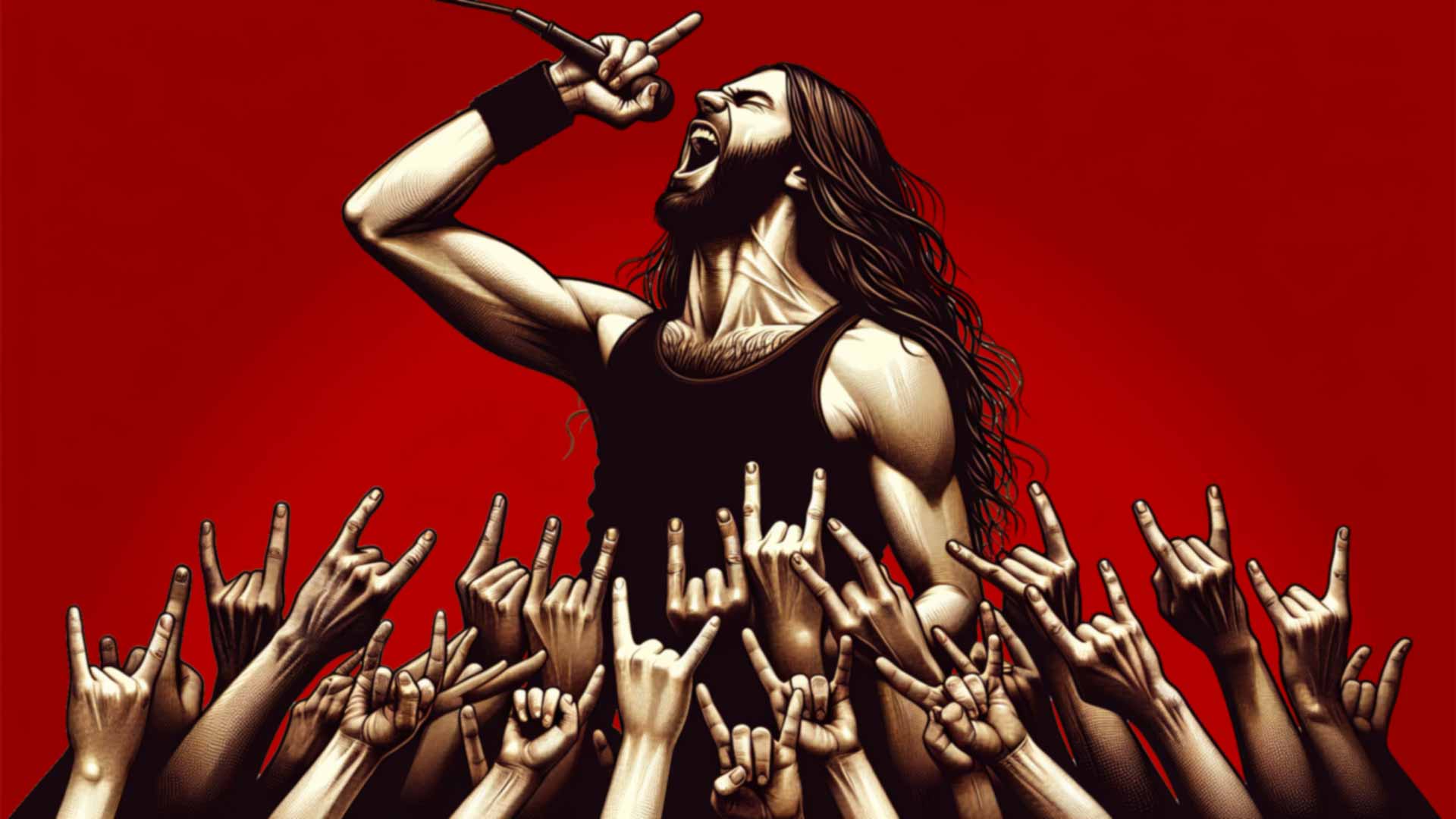
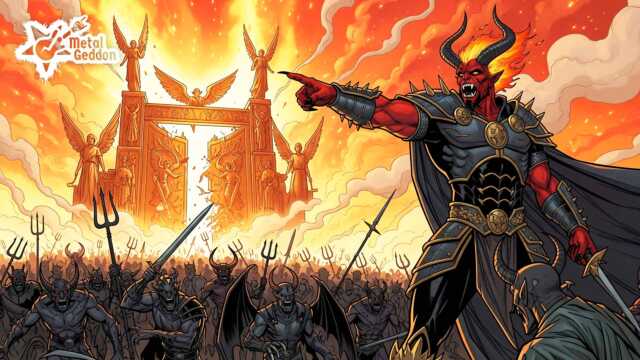
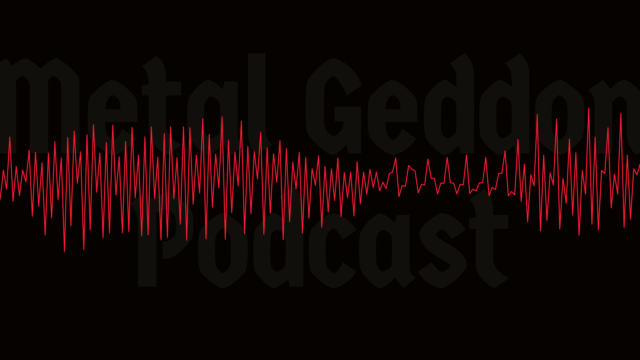

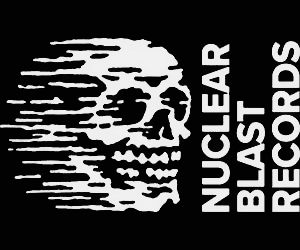

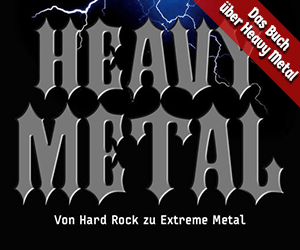

Add comment